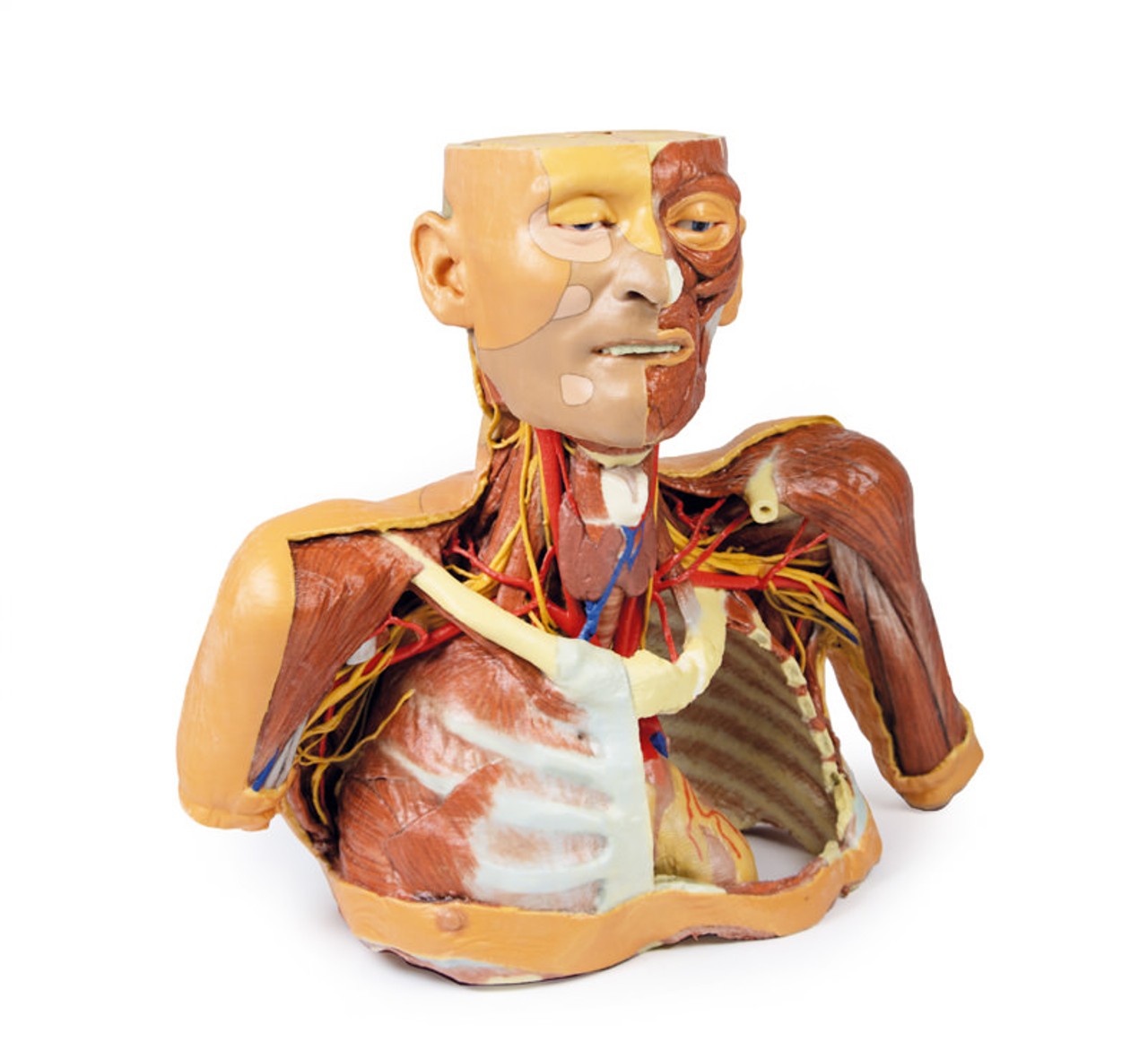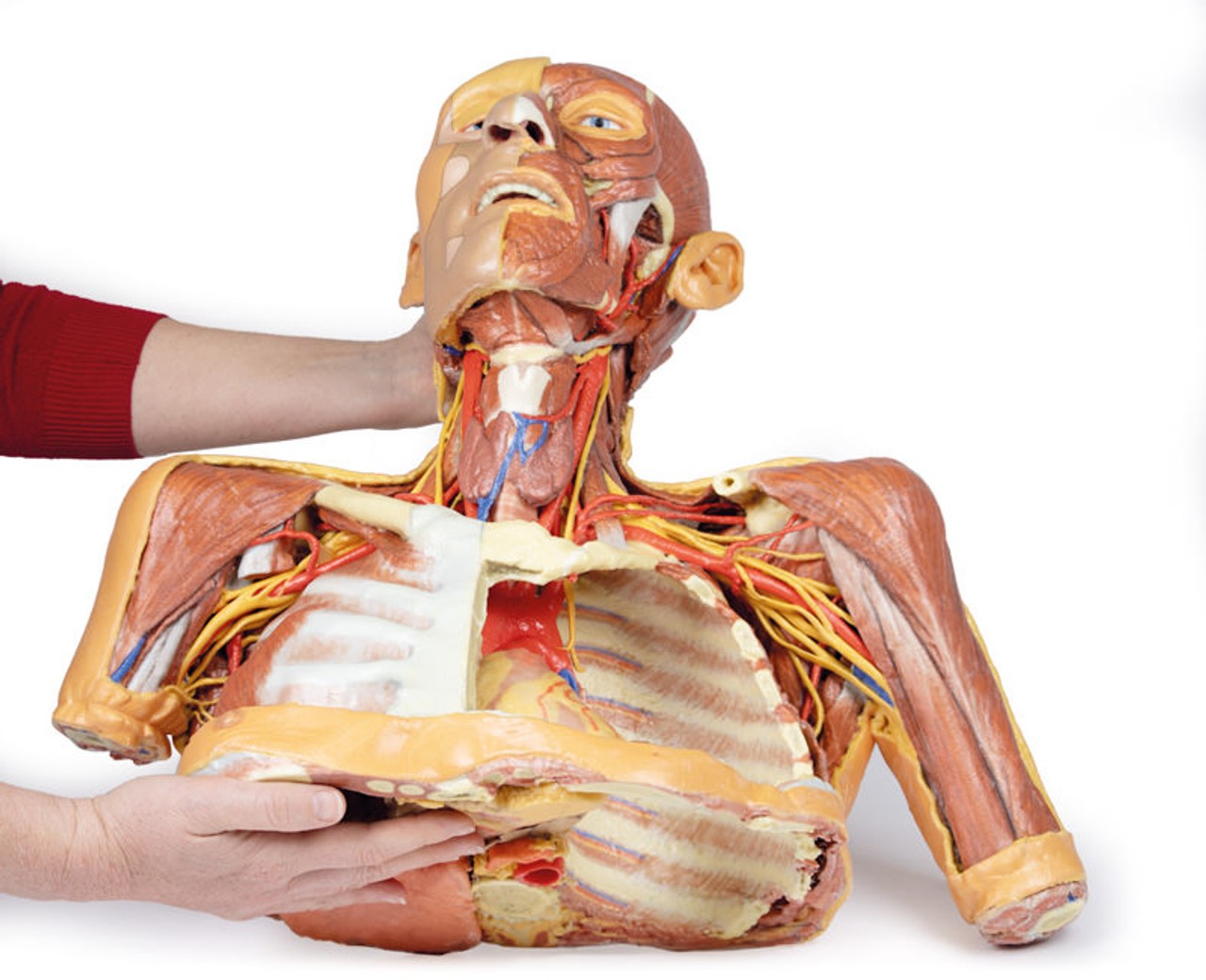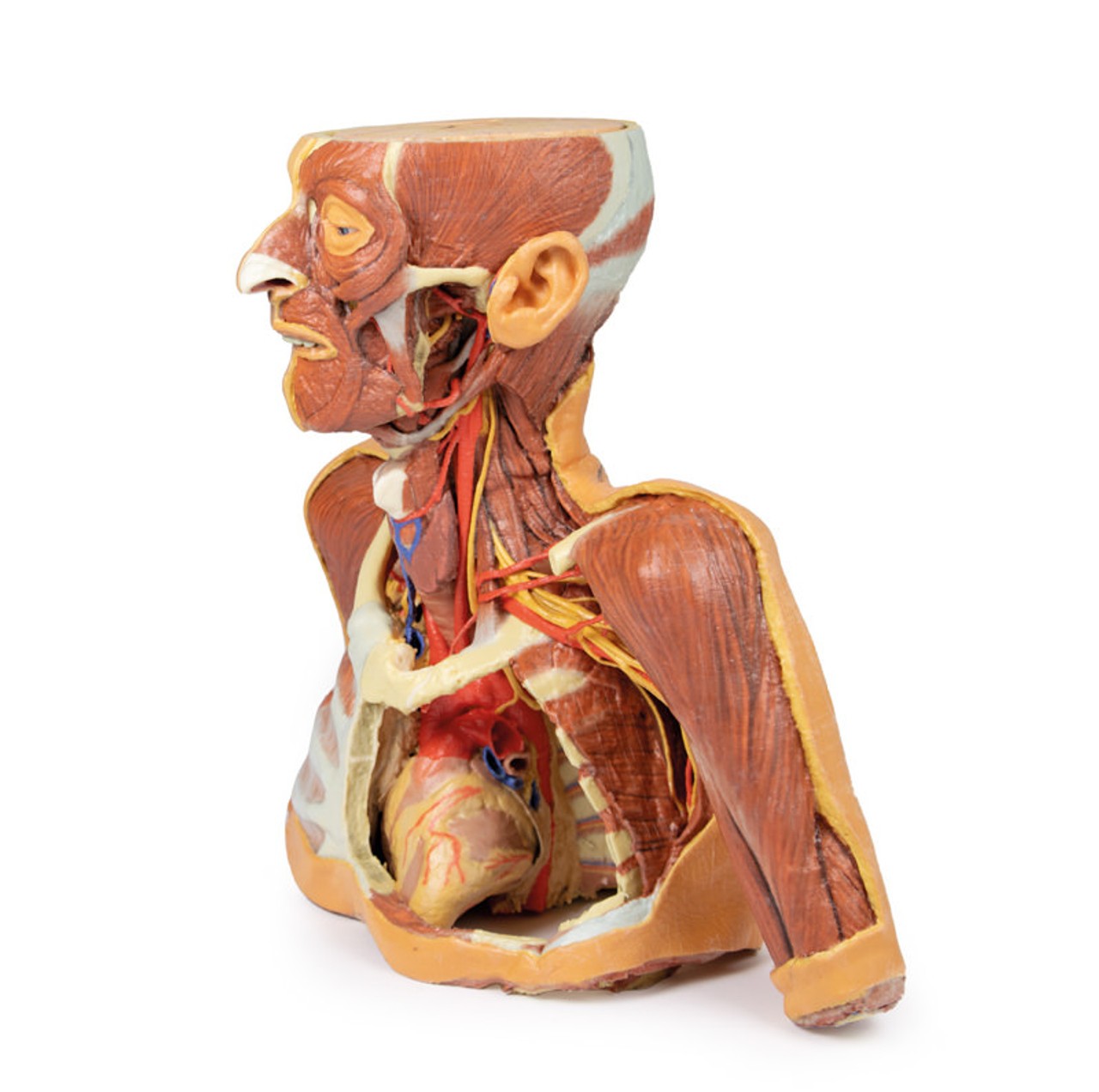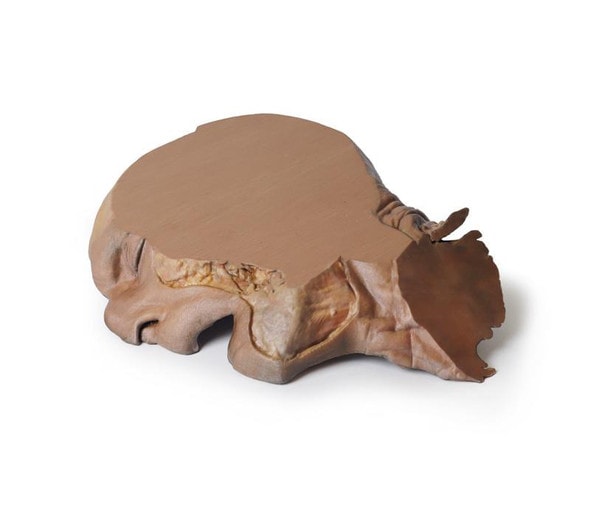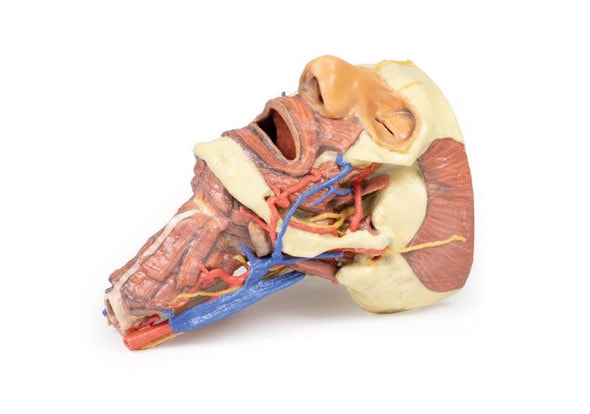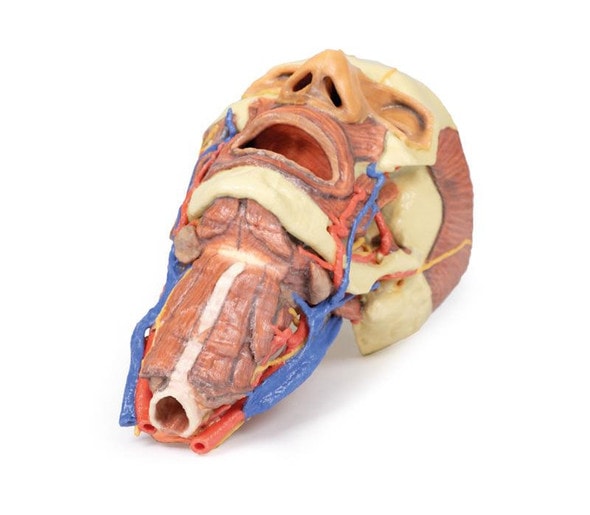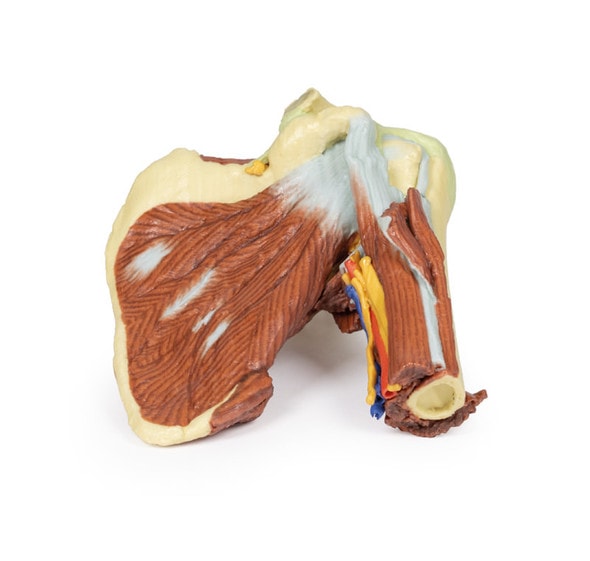Description
Visualize Vascular Precision with 3D Printed Realism
Bring anatomical learning to life with the 3D Printed Head, Neck, and Shoulder with Angiosomes. This highly detailed, life-sized model showcases the intricate network of angiosomes and surrounding structures in stunning accuracy. Crafted from real patient data, it’s ideal for advanced education, surgical planning, and medical display. Add this unique anatomical model to your lab or classroom today and elevate your training experience.
Designed for Deep Understanding of Head and Neck Vascular Territories
This model is engineered to highlight angiosome territories—key vascular zones critical to reconstructive surgery, flap design, and perfusion analysis. Medical professionals, educators, and students will benefit from the visual clarity of muscle layers, nerves, and vascular structures in situ. Ideal for instruction in surgical anatomy, plastic and reconstructive surgery, or radiological mapping techniques. Enhance procedural confidence and anatomical insight with every demonstration.
From Classroom to Operating Room: Why This Model Matters
- Perfect for advanced medical students, residents, and surgical trainees exploring complex vascular territories.
- Clear angiosome mapping aids in flap planning, perfusion strategy, and procedural safety.
- Designed using CT scan data from real human anatomy for authenticity and accuracy.
- 3D printed for durability and realistic tactile feedback—ideal for hands-on instruction.
- Impressive as both a learning tool and a conversation starter in clinical or academic settings.
Key Features That Set This Model Apart
- Life-sized 3D printed anatomy from real patient scans
- Detailed display of muscles, nerves, vessels, and angiosomes
- Multi-color printing for easy structure differentiation
- Durable, medical-grade materials suited for frequent use
- Mounted for display or classroom demonstration
Technical Specifications of the Product
- Product dimensions: 20 in x 8 in x 17 in.
- Product weight: 5 lbs.
- Included with purchase:
- 1 x 3D Printed Head, Neck, and Shoulder with Angiosomes
- 1 x Reference Guidebook
- 1 x Mounted Display Base


